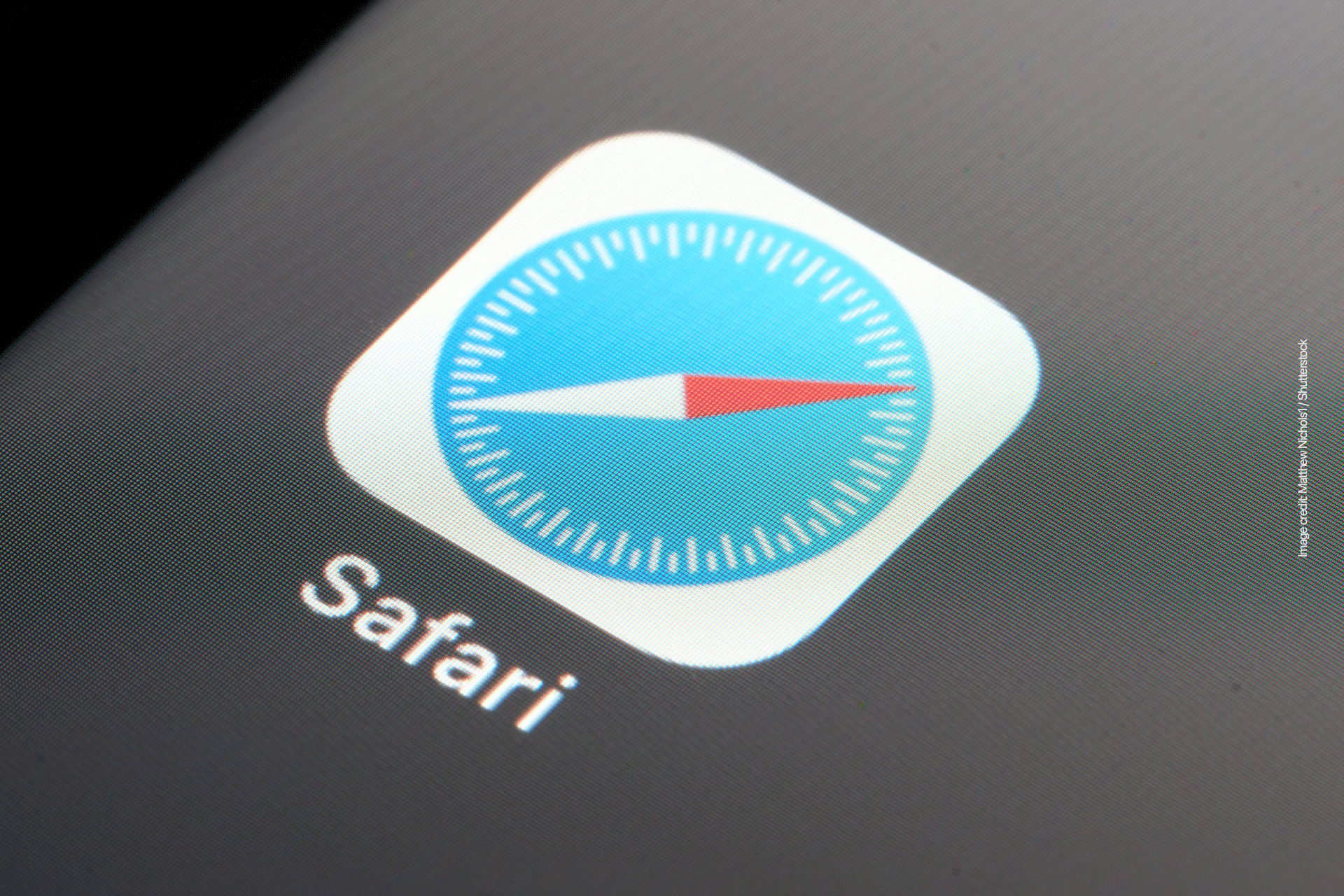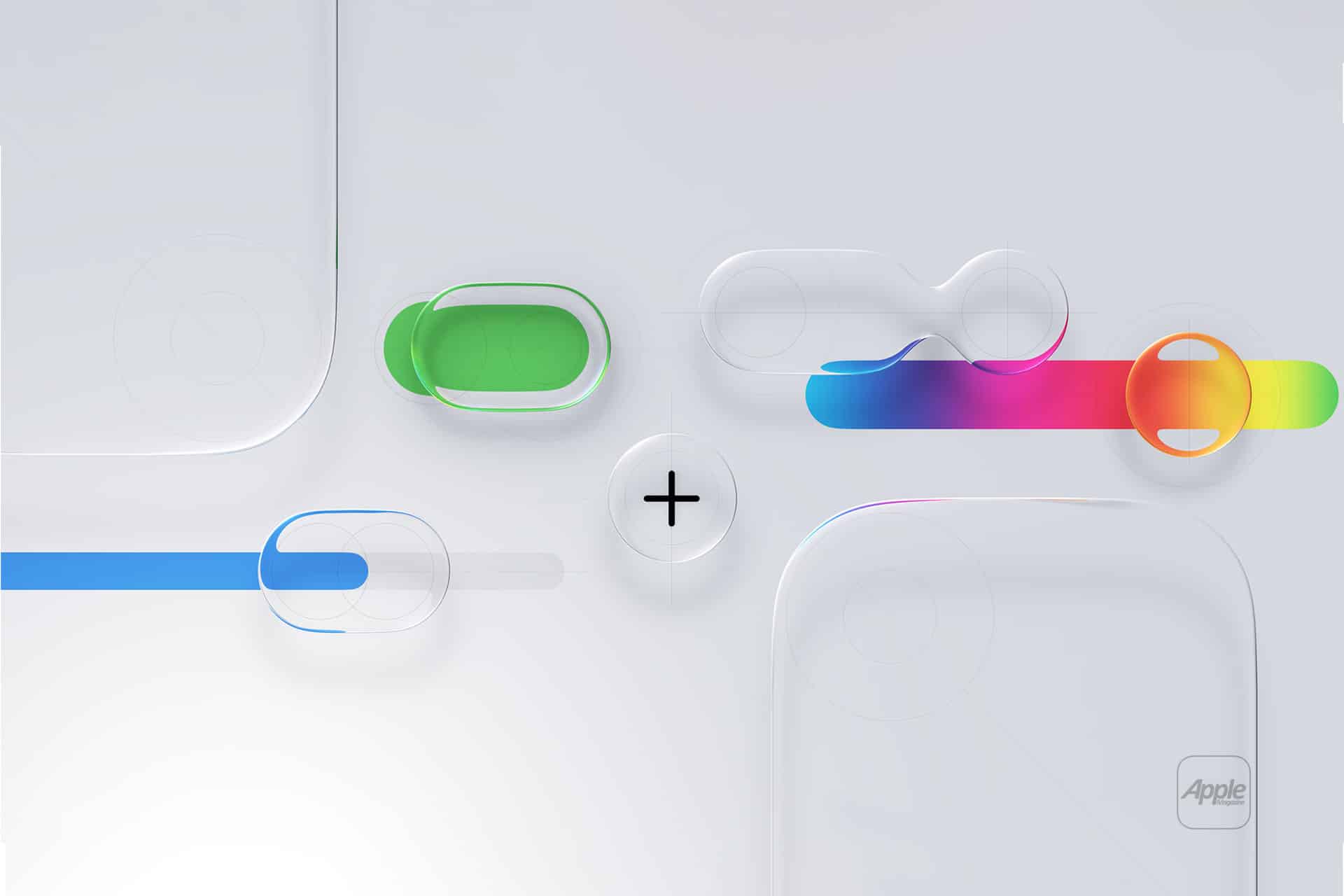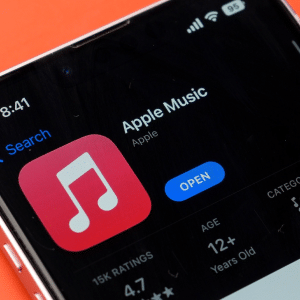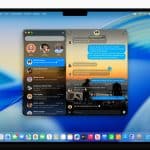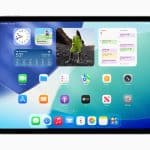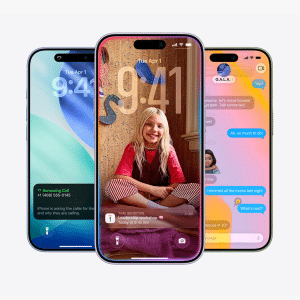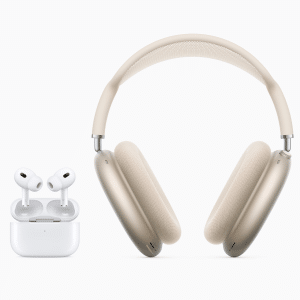Safari’s interface in iOS 26 adopts Apple’s Liquid Glass aesthetic, a design philosophy that emphasizes transparency and rounded elements across the operating system. The address bar, tab view, and buttons now feature a translucent look, allowing more of the website’s background to shine through. This creates a more immersive experience, with the interface blending seamlessly into the content. The tab bar is more compact, taking up less screen space, and features softer, rounded edges for a modern feel. When scrolling down a webpage, the tab bar shrinks into a slim pill showing only the website’s URL, keeping the focus on the content. Scrolling up restores the full tab bar for easy access to navigation tools.
Users can choose from three layout options in the Safari section of the Settings app: Compact (the default), Top, or Bottom. The Compact layout tucks features like sharing, bookmarks, and tab management behind a three-dot button on the left of the address bar, offering a cleaner look. The Top and Bottom layouts mirror iOS 18’s design but incorporate the Liquid Glass style, with slimmer bars that don’t span the full width of the screen. In the Compact layout, tapping the back button now splits it into both forward and back arrows for easier navigation, a tweak introduced in iOS 26 beta 2 to address user feedback about accessibility.
Web Apps for All Home Screen Websites
A standout change in iOS 26 is how websites added to the Home Screen behave. Previously, only websites specifically configured by developers as web apps would open as standalone apps when added to the Home Screen; others would simply open in Safari, functioning as bookmarks. Now, every website added to the Home Screen opens as a dedicated web app, regardless of developer configuration. This creates a more app-like experience, with websites launching in their own window, free from Safari’s browser interface. Users who prefer the traditional behavior can toggle off the “Open as Web App” option when adding a site to the Home Screen. This change also applies to iPadOS 26, ensuring consistency across Apple’s mobile platforms.
Enhanced Privacy Protections
Privacy remains a cornerstone of Safari’s updates in iOS 26. Advanced fingerprinting protection, previously limited to private browsing, now applies to all browsing sessions by default. This feature blocks websites from accessing device characteristics like screen dimensions or setting long-lived cookies that track users across sites. It also prevents scripts from reading query parameters that could reveal personal data. These measures aim to curb advertisers’ ability to profile users, making Safari a stronger choice for privacy-conscious individuals.
Visual and Technical Upgrades
Safari in iOS 26 introduces support for HDR images, building on its earlier adoption of HDR video. HDR images offer a wider dynamic range, with brighter whites, deeper blacks, and a broader color gamut, enhancing visual quality on iPhones with XDR displays. This ensures that high-quality images on websites appear as intended, with vivid colors and improved contrast.
The browser also now supports SVG (Scalable Vector Graphics) icons across its interface, including the start page, bookmark bar, web apps, tabs, and menus. Unlike PNG icons, SVGs scale without losing quality and have smaller file sizes, making them ideal for Safari’s dynamic interface, where icons appear in various sizes. This upgrade enhances visual clarity and reduces resource demands.
Another technical advancement is the inclusion of WebGPU, a feature tested in Safari Technology Preview. WebGPU, similar to WebGL but more closely aligned with Apple’s Metal framework and iPhone hardware, enables developers to create more efficient and powerful web-based graphics. While not directly user-facing, WebGPU promises smoother performance for web applications, particularly those involving complex visuals or animations.
Streamlined Tab Management
Safari’s tab management interface has been refined in iOS 26 to align with its new design ethos. In response to user complaints about the initial beta’s placement of the new tab (“+”) button at the top of the tab management view, Apple reverted it to the bottom left in beta 2, matching iOS 18’s layout for familiarity. The Compact layout hides options like sharing and bookmarks behind the three-dot menu, reducing clutter but potentially requiring an extra tap for frequent users of these features. The Top and Bottom layouts retain their familiar setups, with the added Liquid Glass styling for a cohesive look. Users can also swipe from the right edge of the screen in Compact mode to navigate forward, compensating for the lack of a dedicated forward button in some scenarios.
Accessibility and Developer Tools
Safari in iOS 26 introduces new accessibility features, such as Accessibility Reader, which offers a customized reading experience systemwide, and support for Braille Access for iPhone users with connected braille displays. These updates make the browser more inclusive, ensuring that users with diverse needs can navigate the web comfortably.
For developers, Safari now includes Screen Time support for WKWebView, which powers in-app browsers, allowing better tracking of browsing activity. Users can also report webpage issues directly from the Page menu in the address bar, streamlining feedback for improving compatibility and performance. These changes reflect Apple’s ongoing commitment to refining Safari’s functionality for both users and developers.
Looking Ahead
The updates to Safari in iOS 26 demonstrate Apple’s focus on blending aesthetic innovation with practical enhancements. The Liquid Glass design adds a fresh, immersive feel, while features like universal web app support and enhanced privacy protections cater to modern browsing needs. The inclusion of HDR images, SVG icons, and WebGPU ensures that Safari remains competitive in delivering high-quality visuals and performance. As iOS 26 moves through its beta phase, these changes are poised to make Safari a more versatile and user-friendly browser when it reaches the public this fall.
